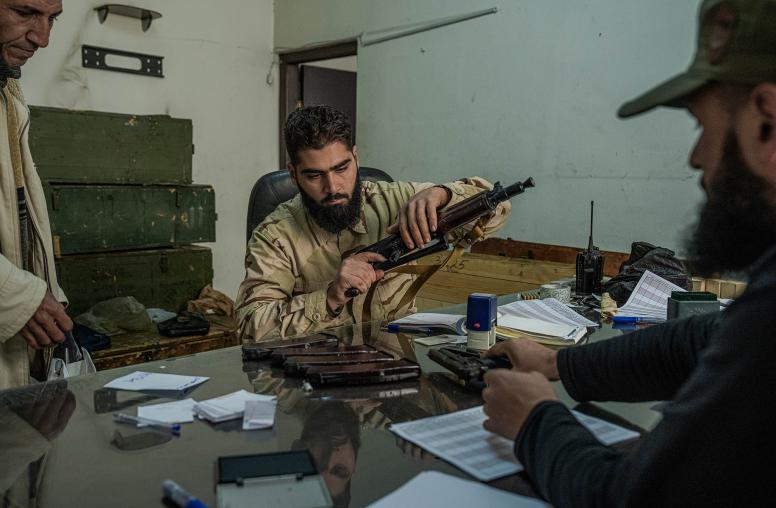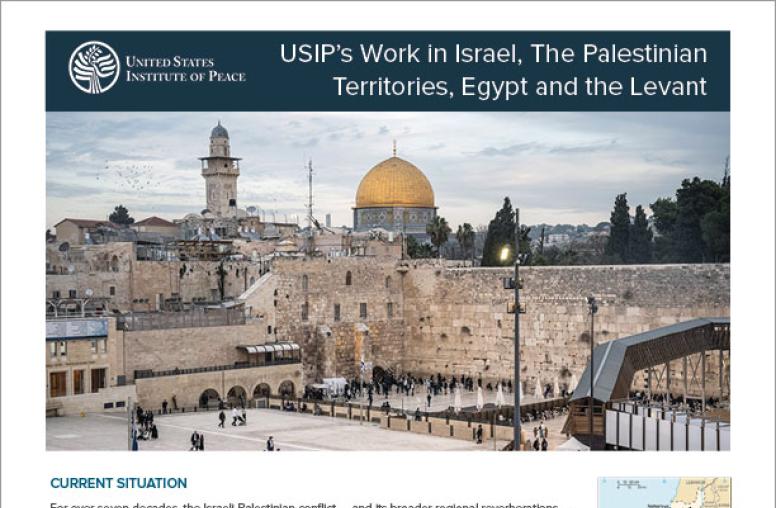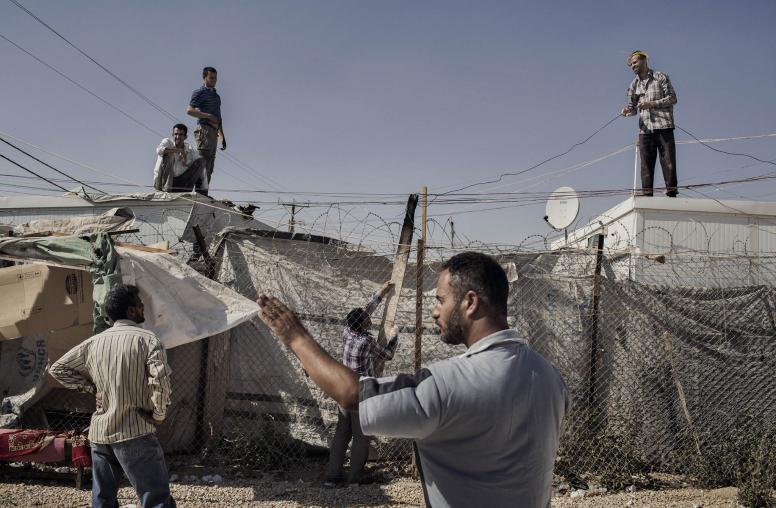The Challenges and Opportunities Ahead for the Friends of Syria Group
As Western and Arab powers established a Friends of Syria Group, USIP’s Steven Heydemann examines the group’s agenda – and the top priorities for the U.S.
February 23, 2012
Today, almost a year after the start of the Syrian uprising, 70 governments and the opposition-led Syrian National Council will participate in the first Friends of Syria Group meeting in Tunis.
The long-delayed establishment of the Friends Group is a response to the failure of the U.N. Security Council (UNSC) to approve a resolution calling for the implementation of an Arab League transition plan for Syria. With the UNSC effectively paralyzed by Russian and Chinese determination to veto even a watered-down version of the Arab League plan, the Friends Group has emerged as the most promising framework for sustaining international efforts to end the violence in Syria and achieve a negotiated political transition that would see an end of the regime of Bashar al-Assad and the start of Syria’s transition to democracy.
The agenda of the Friends Group is crowded and contentious.
For the U.S., three issues are of paramount importance. The first is humanitarian assistance. In a briefing to the media from London, a senior State Department official told journalists to expect “concrete proposals on how we, the international community, plan to support humanitarian organizations on the ground within days, meaning that the challenge is on the Syrian regime to respond to this.”
Yet the subject of humanitarian assistance is strewn with challenges. Should aid be delivered via humanitarian corridors? The establishment of safe havens? Both would require military support. Both are rejected by the Assad regime. The alternative, a two-hour per day ceasefire in areas such as Homs, which have been subject to a nonstop onslaught from the Assad regime over the past three weeks, is a more likely outcome, but even this would require cooperation from the Assad regime.
A second major issue for the U.S. is how to provide support for the Syrian opposition, via the Syrian National Council (SNC). In today’s State Department briefing, the “senior official” set out American expectations for the SNC, including the need for it to develop a transition plan that would help to consolidate support for the SNC within Syria. The tenor of the official’s remarks underscored the credibility gap that the SNC must overcome to be seen as a serious interlocutor for the Friends Group by its leading members.
Finally, the U.S. hopes to secure support from the Friends Group for expanded sanctions and other means of diplomatic and economic isolation and pressure. Over the past year, a dense web of sanctions has been imposed on Syria, seeking to limit the regime’s access to foreign exchange, curtail trade and investment, and target individuals directly associated with the regime. The EU, Turkey, the Arab League, and the U.S. have coordinated in the implementation of sanctions, yet without a UNSC resolution, Syria’s allies such as Iran, Russia, China, and even countries such as India, do not consider them binding. The Friends Group offers an opportunity both to further expand sanctions and to increase international compliance with them.
In addition, however, the meeting will inevitably include intense debates about how and whether to provide military support to the Syrian opposition. My own suggestion in this regard is to put in place frameworks for managing the militarization of the Syrian uprising.
The odds of an agreement on military support are low, given how deeply divided member governments of the Friends Group are on the issue. Yet as the regime continues to escalate its violent campaign against Syrian civilians, and in light of the Assad regime’s complete defiance of U.N. and other demands to end its use of force, militarization and the question of arms for Syria’s opposition will remain the 800- pound gorilla in the meeting rooms of the Friends Group.


